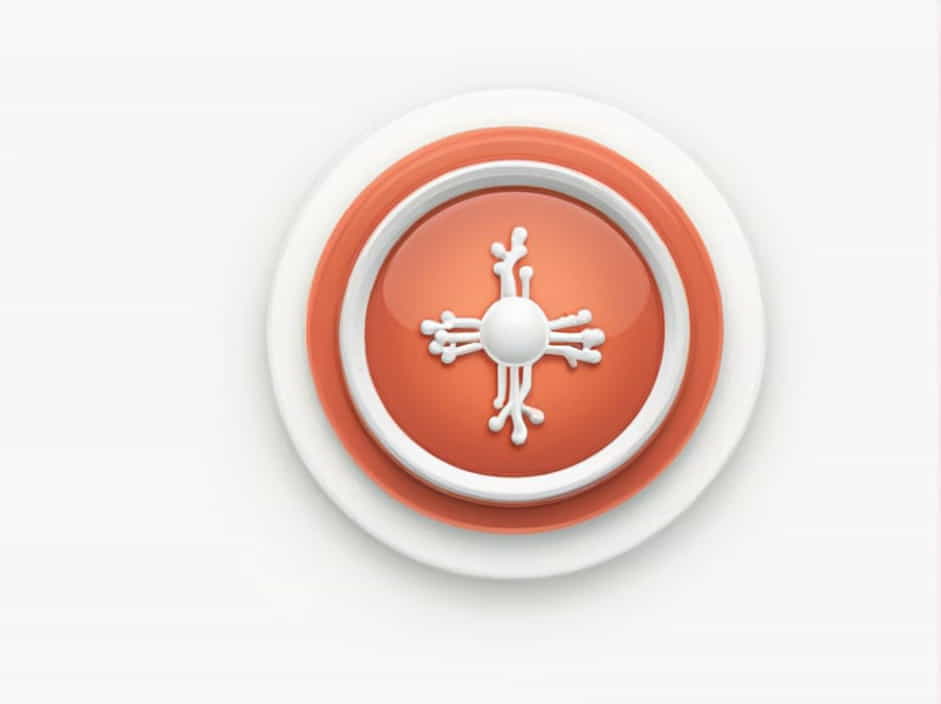Blood clotting, also known as coagulation, is a vital physiological process that prevents excessive bleeding when a blood vessel is damaged. This mechanism involves a complex series of steps that form a protective clot, sealing the wound and allowing tissue repair.
Understanding the mechanism of blood clotting is crucial in medicine, surgery, and disease management. An imbalance in this process can lead to severe conditions like hemophilia, deep vein thrombosis (DVT), or stroke.
This topic provides a detailed explanation of blood clotting, including its phases, pathways, key factors, and medical relevance.
Phases of Blood Clotting
The blood clotting process consists of three primary phases:
-
Vascular Spasm (Vasoconstriction)
-
Platelet Plug Formation
-
Coagulation Cascade (Fibrin Clot Formation)
Each of these phases plays a critical role in ensuring efficient clot formation while preventing excessive blood loss.
1. Vascular Spasm: First Response to Injury
When a blood vessel is injured, it contracts to reduce blood flow. This vasoconstriction occurs due to:
-
Smooth muscle contraction in the vessel wall.
-
Release of vasoconstrictor chemicals such as serotonin and endothelin.
This temporary constriction helps limit blood loss while preparing for the next stage.
2. Platelet Plug Formation: Temporary Clotting
Platelets, or thrombocytes, play a significant role in forming a temporary seal at the injury site.
Step 1: Platelet Adhesion
-
Collagen fibers are exposed at the injury site.
-
Platelets attach to these fibers with the help of von Willebrand factor (vWF).
Step 2: Platelet Activation
-
Activated platelets change shape and release ADP, thromboxane A2, and serotonin.
-
These chemicals attract more platelets to the site.
Step 3: Platelet Aggregation
-
Platelets stick together, forming a temporary plug.
-
However, this platelet plug is unstable and requires reinforcement.
3. Coagulation Cascade: Formation of a Strong Clot
The coagulation cascade involves a series of enzymatic reactions that strengthen the platelet plug. This process relies on clotting factors, which are proteins that work together to form a stable fibrin clot.
There are two pathways in the coagulation cascade:
-
Intrinsic Pathway – Activated by injury inside the vessel.
-
Extrinsic Pathway – Triggered by external trauma.
Both pathways lead to the Common Pathway, which results in the formation of fibrin strands that reinforce the clot.
Intrinsic Pathway (Internal Injury Response)
-
Activated when Factor XII (Hageman factor) comes into contact with exposed collagen.
-
This activates Factor XI, IX, and VIII, eventually leading to Factor X activation.
Extrinsic Pathway (External Injury Response)
-
Triggered by the release of Tissue Factor (Factor III) from damaged cells.
-
This activates Factor VII, which then activates Factor X.
Common Pathway: Fibrin Clot Formation
-
Factor X activation converts prothrombin (Factor II) into thrombin.
-
Thrombin then converts fibrinogen (Factor I) into fibrin strands.
-
Fibrin forms a strong mesh, stabilizing the clot.
This reinforced fibrin clot effectively seals the wound and prevents further bleeding.
Regulation of Blood Clotting
To prevent excessive or unnecessary clotting, the body has regulatory mechanisms in place.
1. Anticoagulants (Clot Prevention Proteins)
The body naturally produces anticoagulants to control clot formation:
-
Antithrombin III – Inhibits thrombin and clotting factors.
-
Protein C and Protein S – Work together to degrade clotting factors.
-
Heparin – Enhances the effect of antithrombin III.
2. Fibrinolysis (Clot Breakdown Process)
Once healing is complete, the clot must be dissolved to restore normal blood flow.
-
Plasminogen is converted into plasmin, which breaks down fibrin.
-
This process prevents thrombosis and ensures proper circulation.
Medical Conditions Related to Blood Clotting
1. Excessive Clotting (Hypercoagulability)
Excessive clot formation can cause:
-
Deep Vein Thrombosis (DVT) – Clots in deep veins, usually in the legs.
-
Pulmonary Embolism (PE) – A clot that blocks blood flow to the lungs.
-
Stroke or Heart Attack – Caused by arterial blood clots.
2. Insufficient Clotting (Bleeding Disorders)
When clotting fails, it can lead to excessive bleeding due to:
-
Hemophilia – A genetic disorder where clotting factors are missing.
-
Von Willebrand Disease – A deficiency in von Willebrand factor.
-
Liver Disease – Since the liver produces clotting factors, its dysfunction can impair coagulation.
Medications That Affect Blood Clotting
Certain drugs are used to manage clotting disorders:
1. Anticoagulants (Blood Thinners)
-
Warfarin – Inhibits vitamin K-dependent clotting factors.
-
Heparin – Enhances antithrombin III activity.
-
Direct Oral Anticoagulants (DOACs) – Includes rivaroxaban and apixaban.
2. Antiplatelet Drugs
-
Aspirin – Prevents platelet aggregation.
-
Clopidogrel (Plavix) – Blocks platelet activation.
3. Thrombolytic Therapy (Clot-Dissolving Drugs)
- Alteplase (tPA) – Breaks down fibrin clots in stroke or heart attack patients.
Summary of Blood Clotting Mechanism
| Phase | Key Process | Main Components |
|---|---|---|
| Vascular Spasm | Blood vessel constricts | Smooth muscle, endothelin, serotonin |
| Platelet Plug Formation | Platelets stick to injury | Platelets, von Willebrand factor |
| Coagulation Cascade | Fibrin clot forms | Clotting factors, thrombin, fibrin |
| Fibrinolysis | Clot dissolves | Plasmin, plasminogen activators |
The mechanism of blood clotting is a well-coordinated process involving vascular spasm, platelet plug formation, and the coagulation cascade. This ensures rapid bleeding control and vascular health maintenance.
Proper regulation of clotting is essential—imbalances can result in dangerous conditions like excessive bleeding or abnormal clot formation. Understanding how blood clotting works is crucial in diagnosing, preventing, and treating clotting disorders.
